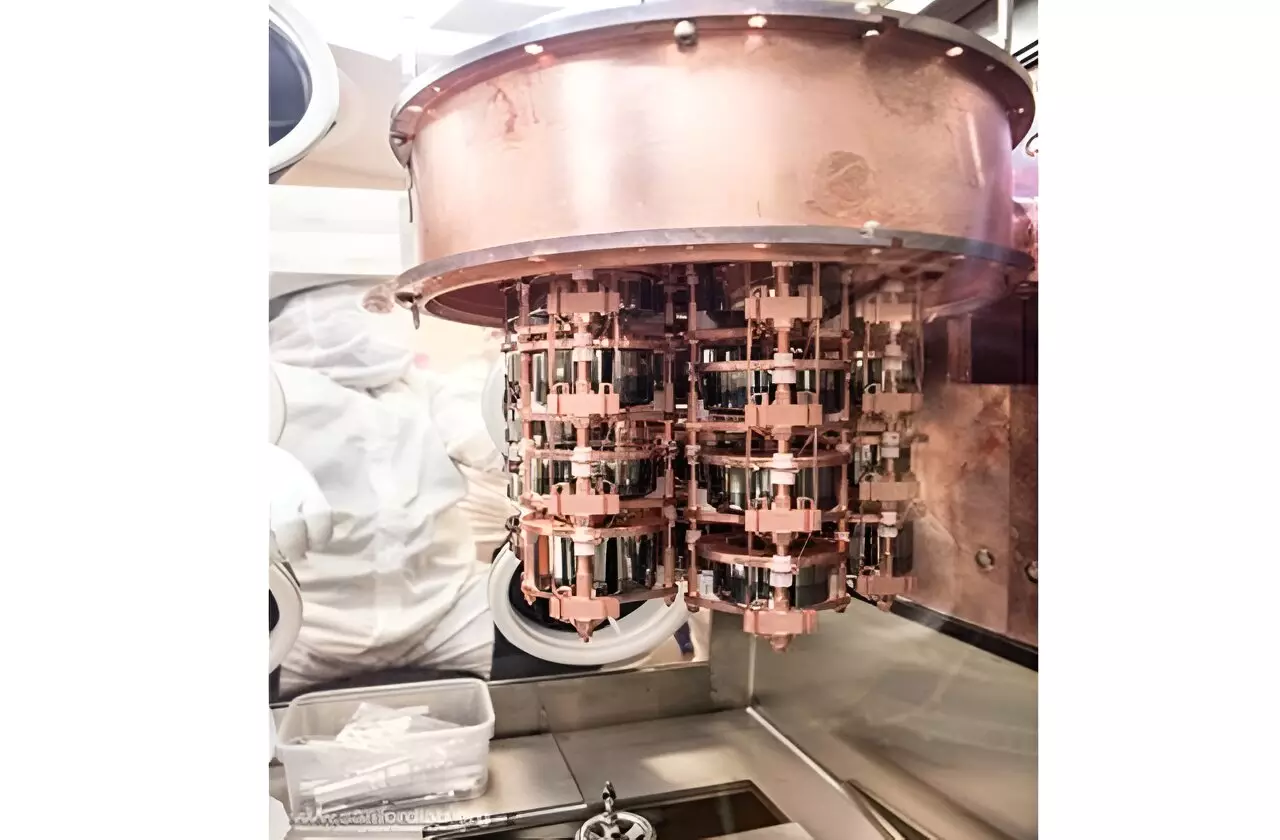The quest to uncover the mysteries of dark matter has been a challenging one for scientists around the world. One of the main ways that researchers gather scientific evidence for the existence of dark matter is by observing how it influences the motion of stars and galaxies. It is believed that dark matter may consist of elusive particles that are incredibly difficult to detect. To search for these particles, scientists have constructed some of the largest and most sensitive experiments ever built.
Despite these groundbreaking experiments, the search for dark matter particles has proven to be a daunting task. The main challenge lies in the fact that dark matter particles are predicted to be very weakly interacting. This means that Earth-based detectors should be able to sense a subtle “wind” created by the particles as our planet moves through dark matter. Additionally, when a rare collision occurs, the dark matter may be completely absorbed, generating only a minuscule amount of energy.
One such experiment that aims to detect dark matter particles is the Majorana Demonstrator. This radiation detector is located deep underground and shielded from ambient radiation, allowing for precise measurements of energy jolts. The Majorana Demonstrator is equipped with highly sensitive detectors that are capable of detecting even the slightest interactions with dark matter particles. Despite the high expectations, researchers have not yet detected the expected signals from dark matter.
The lack of detection is significant as it helps to refine our understanding of the possible characteristics of dark matter particles. By ruling out certain theoretical models that predict observable signals, researchers working on the Majorana Demonstrator experiment have narrowed down the potential characteristics of dark matter. Although the study did not result in a direct detection of dark matter, the insights gained can help guide future experiments in the search for these elusive particles.
The research conducted at the Sanford Underground Research Facility involved collaboration between a range of universities and laboratories. This interdisciplinary effort highlights the magnitude of the scientific community’s dedication to unraveling the mysteries of dark matter. If dark matter is ever detected, it would lead to groundbreaking advancements in our understanding of the universe and the fundamental laws of physics. The remarkable sensitivity and broad reach of the Majorana Demonstrator experiment underscore its importance in the field of physics.
The search for dark matter particles is a complex and multifaceted endeavor that requires cutting-edge technology and a collaborative approach. While the results from the Majorana Demonstrator experiment did not yield direct evidence of dark matter, they have provided invaluable insights that will shape future research in the field. The pursuit of dark matter continues to captivate the scientific community, offering the promise of unlocking some of the universe’s most profound mysteries.



Leave a Reply